A Visual Guide to Erectile Dysfunction


What Is Erectile Dysfunction (ED)?
Erectile dysfunction (ED) happens when a man has ongoing problems getting and keeping an erection. Without treatment, ED can make sex difficult. The problem is reported by 1 in 5 men, and that number gets bigger with age.

ED vs. Poor Sex Drive
Men can have several types of issues including poor sex drive and problems with ejaculation. But ED refers specifically to trouble getting or keeping an erection. You might have a healthy sex drive, but a body that won’t respond. Most of the time there is a physical basis for the problem.

Symptoms of ED
Symptoms of ED include:
- Erections that are too soft for sex.
- Erections that are don’t last long enough for sex.
- An inability to get an erection.
If you can’t get or keep an erection that lasts long enough or is rigid enough for sex, you have erectile dysfunction.
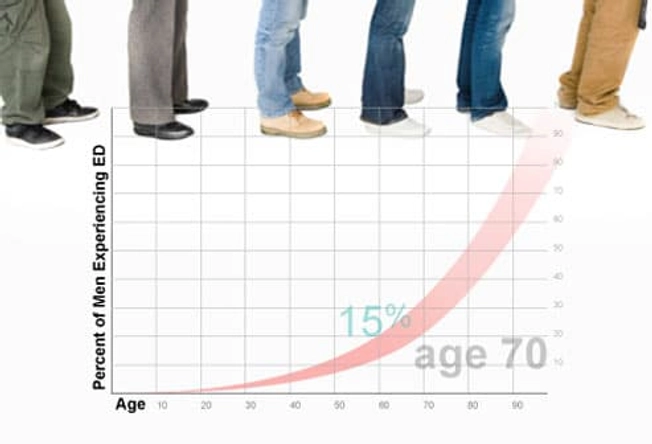
Who Gets ED?
Sexual dysfunction and ED become more common as you get older. Only about 5% of men age 40 have it. But the number rises to 15% of men age 70. This doesn’t mean growing older is the end of your sex life. Doctors can treat ED no matter your age. Age isn’t the only cause. Type 2 diabetes, obesity, smoking, and high blood pressure all make it more likely.
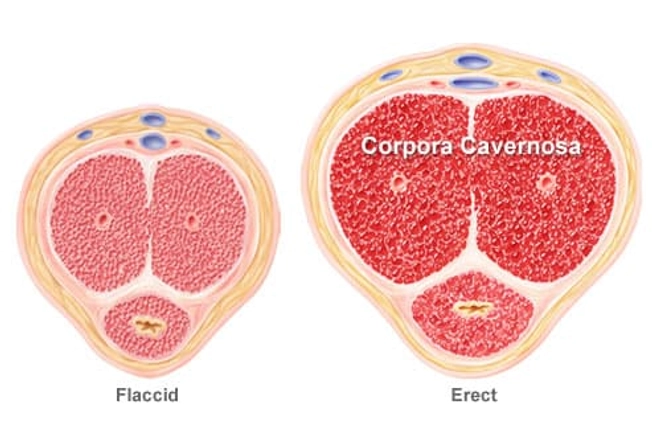
The Mechanics of ED
You get an erection when blood fills two chambers known as the corpora cavernosa. This causes your penis to expand and stiffen, much like a balloon as it is filled with water. Impulses from the brain and genital nerves start the process. Anything that blocks these impulses or restricts blood flow to the penis can cause ED.
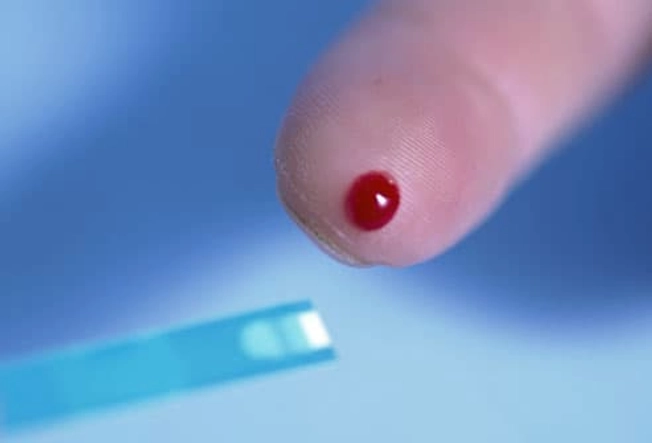
Causes of ED: Chronic Disease
The link between chronic disease and ED is most striking for diabetes. Men with diabetes are two to three times more likely to have erectile dysfunction. And it could start 10 to 15 years earlier. But blood sugar control can lower this risk. Any condition that affects the way blood flows through your body could lead to ED. This includes cardiovascular disease, atherosclerosis (hardening of the arteries), kidney disease, and multiple sclerosis.

Causes of ED: Lifestyle
Lifestyle choices can contribute to ED. Smoking, heavy drinking, and drug use disorder can damage the blood vessels and reduce blood flow to your penis. Being overweight and getting too little exercise also raise your odds. Studies show that men who exercise regularly have a lower risk of ED.

Causes of ED: Surgery
Surgery, including treatments for prostate cancer, bladder cancer, or BPH, can sometimes damage nerves and blood vessels near your penis. If the nerve damage is permanent, you’ll need treatment to get an erection. But sometimes surgery causes temporary ED that gets better on its own after 6 to 18 months.
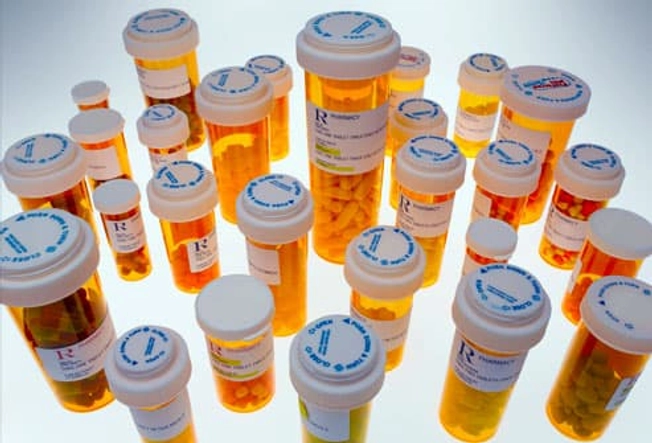
Causes of ED: Medication
ED may be a side effect of medication, including certain blood pressure drugs and antidepressants. Talk to your doctor if you think a prescription or over-the-counter drug may be causing erectile problems. But never stop taking any medicine before you discuss it with your doctor.

Causes of ED: Psychological
If you’re older, there’s probably a physical reason for your ED. But the causes can be in your head, too. Experts say stress, depression, low self-esteem, and performance anxiety can short-circuit the process that leads to an erection. These factors can also make the problem worse if your ED stems from a physical problem.

ED and Bicycling
Research suggests that avid bikers are more likely to get ED than other athletes. Some bicycle seats put pressure on the perineum, an area between the anus and scrotum full of arteries and nerves vital to sexual arousal. If you bike for many hours each week, get a seat designed to protect this area.

Diagnosing ED: Physical Exam
To diagnose ED, the doctor will ask about your symptoms and medical history. They’ll do a complete physical exam to look for signs like poor circulation or nerve trouble. They’ll also check for problems in your genital area that could cause trouble with erections.
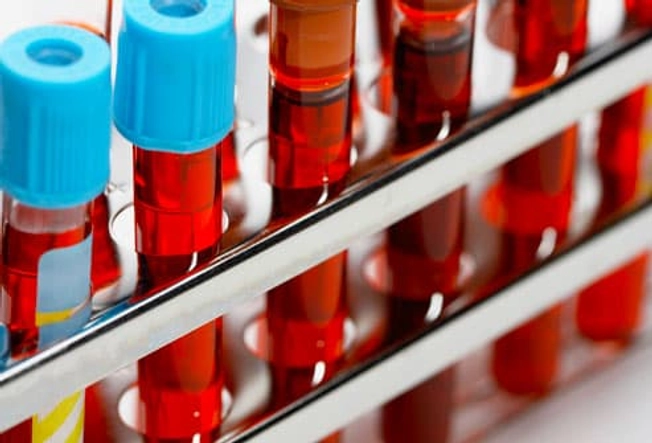
Diagnosing ED: Lab Tests
Lab tests can help diagnose ED. Blood cell counts, blood sugar levels, cholesterol levels, and liver tests can reveal medical conditions that play a role in ED.
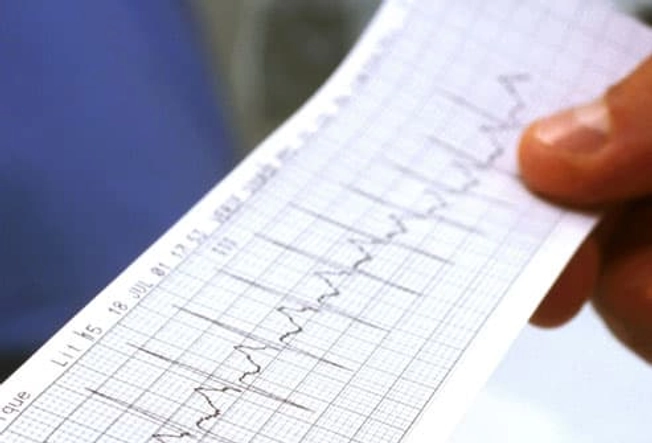
ED: A Sign of Heart Disease?
In some cases, ED can be a warning sign of a more serious disease. One study suggests it can predict heart attack, stroke, and even death from cardiovascular disease. If you’re diagnosed with ED, get checked for cardiovascular disease. This doesn’t mean every man with ED will develop heart disease, or that every man with heart disease has ED, but you should be aware of the link.

Treating ED: Lifestyle Changes
You may be able to improve your sex life with a few lifestyle changes. Giving up smoking, losing weight, and exercising more often can improve your blood flow. If you suspect a medication could be to blame, talk to your doctor about adjusting the dosage or switching to another drug.

Treating ED: Oral Medications
You’ve probably heard of sildenafil (Viagra), but it isn’t the only pill for ED. This class of drugs also includes avanafil (Stendra), tadalafil (Cialis), and vardenafil (Levitra, Staxyn). All work by improving blood flow to the penis during arousal. They're generally taken 30-60 minutes before sexual activity and should not be used more than once a day. You can take tadalafil up to 36 hours before sexual activity. It also comes in a lower, daily dose. All require an OK from your doctor first for safety.
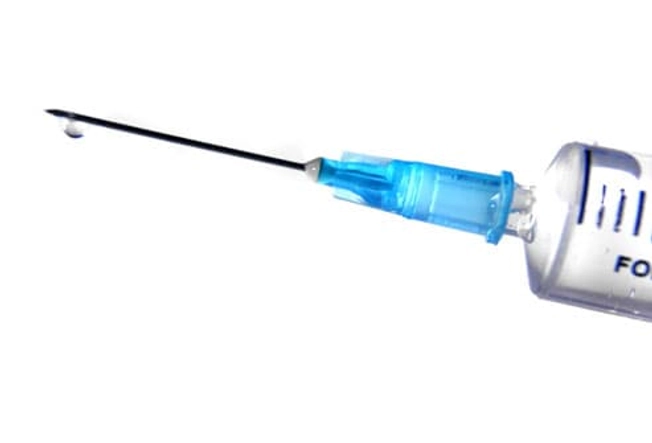
Treating ED: Injections
Pills are an easy way to treat ED, but you might get a stronger erection from injecting medication directly into your penis. That’s because these drugs widen your blood vessels so your penis fills with blood. Another option: A medicated pellet you put into the opening at the end of your penis. The pellet can trigger an erection within 10 minutes.
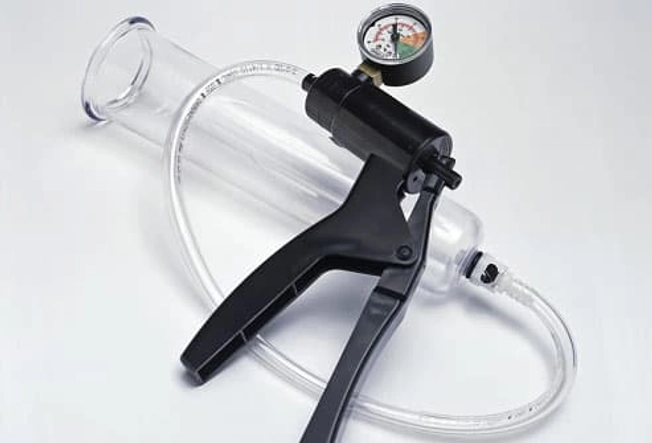
Treating ED: Vacuum Devices (Pumps)
Vacuum devices for ED, also called pumps, offer an alternative to medication. You’ll place your penis inside a cylinder and use a pump to draw the air out. This creates a partial vacuum around your penis, which causes it to fill with blood and leads to an erection. You’ll wear an elastic band around the base of your penis to keep the erection while you have sex.
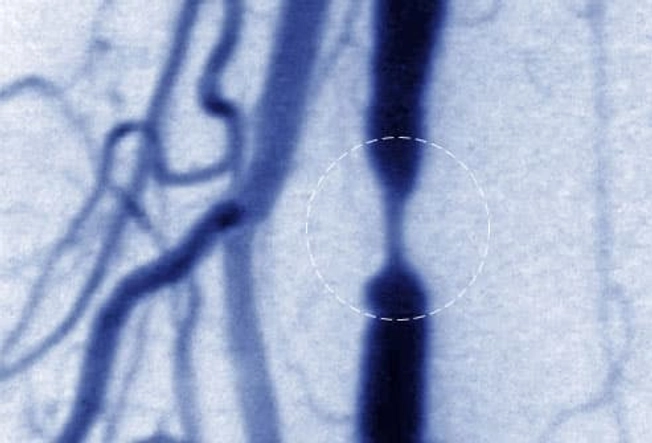
Treating ED: Surgery
If ED comes from a blocked artery leading to the penis, surgery can restore blood flow. The procedure usually works best on men under 30. Doctors don’t recommend it for older men with widespread narrowing of the arteries.
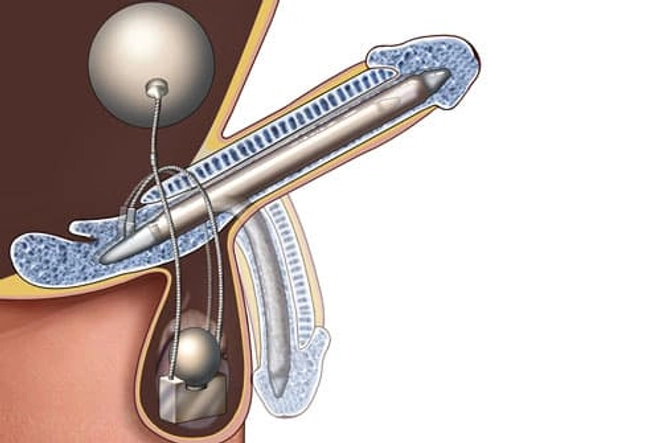
Treating ED: Implants
If you have long-term ED, a penile implant could help you have sex again. An inflatable implant uses two cylinders you can pump full of pressurized fluid. A malleable implant uses rods that let you adjust the position of your penis.

Treating ED: Psychotherapy
Even when ED has a physical cause, psychotherapy can help. A therapist can teach the man and their partner techniques to reduce performance anxiety and improve intimacy. Therapy can also help couples adjust to the use of vacuum devices and implants.
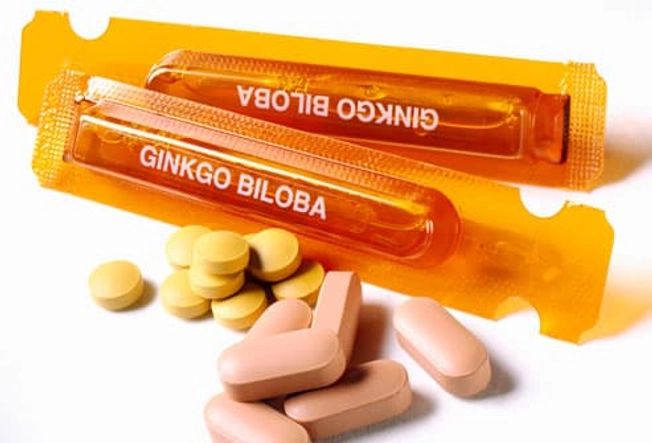
Treating ED: Alternative Therapies
Talk with your doctor before trying supplements for ED. They can contain 10 or more ingredients and could make other health conditions worse. Some men say alternative treatments help them get and keep an erection. Unfortunately, the long-term safety of these products isn’t known, so most doctors don’t recommend them.

Treating ED: Buyer Beware
A quick web search will reveal dozens of "dietary supplements" that claim to treat ED. But the FDA warns that many of these are not what they seem. These pills often contain prescription drugs not listed on the label, including the active ingredient in sildenafil (Viagra). This can cause problems if the medication interacts with something else you take.

ED: Lowering Your Risk
These simple things can help lower your odds of ED:
- Exercise and maintain a healthy weight.
- Stop smoking.
- Avoid alcohol and substance abuse.
- Keep diabetes under control.

Discussing ED With Your Partner
Though you're the one with ED, your partner is also affected. Talking openly about ED will help your partner understand the diagnosis and treatment options. This can reassure them that you haven't lost interest.